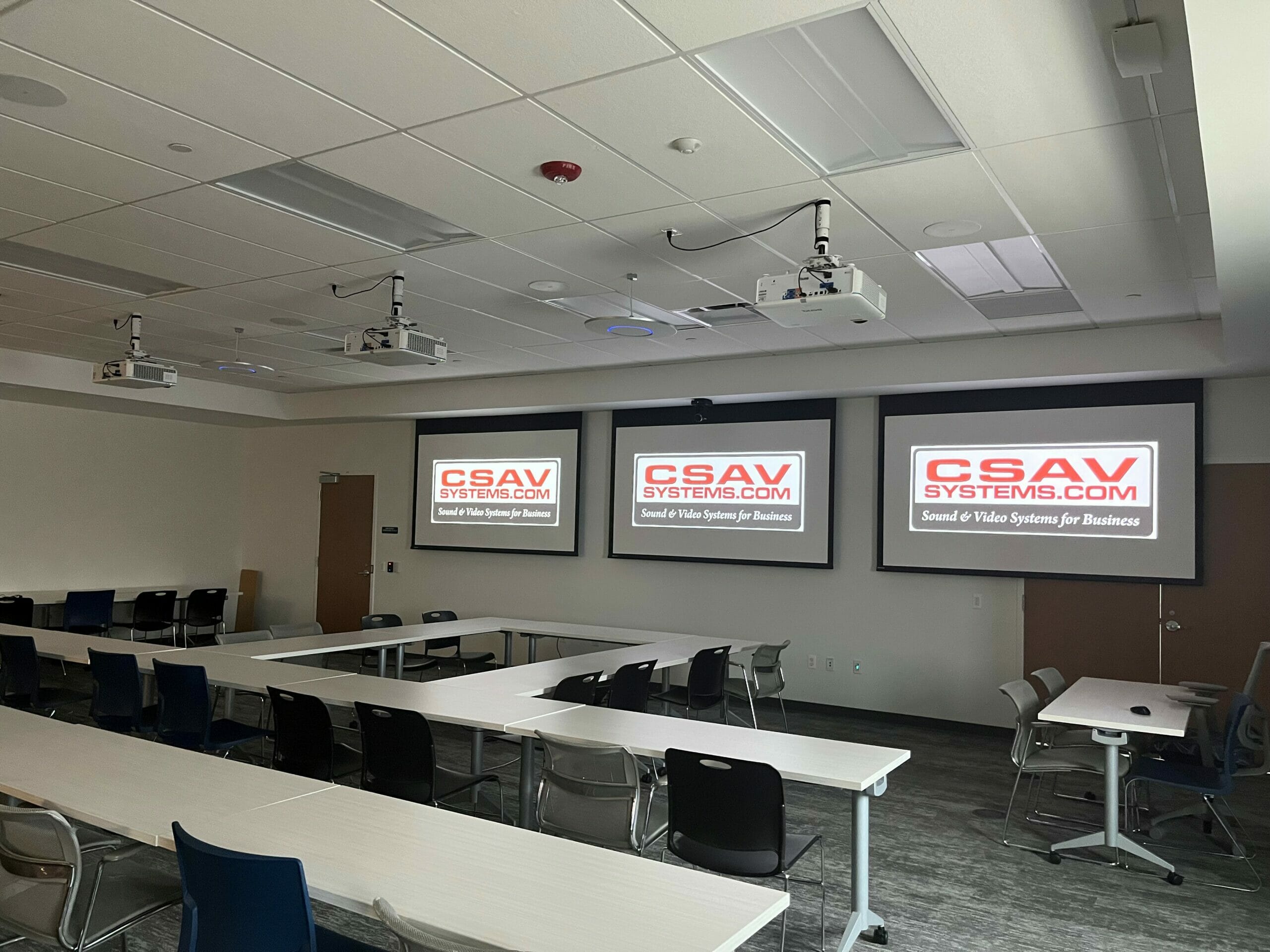Understand How Professionals Select the Ideal Surveillance System to Fulfill Your Safety Requirements
Understand How Professionals Select the Ideal Surveillance System to Fulfill Your Safety Requirements
Blog Article
When it comes to ensuring protection and safeguarding, choosing the appropriate CCTV setup is essential. Closed-circuit television (CCTV) systems are widely used for surveillance in various environments, including homes, businesses, and public areas. These systems help observe actions, discourage criminal activity, and offer important proof in case of incidents. Understanding the different components and characteristics of CCTV systems can aid people and entities formulate knowledgeable decisions that most satisfy their safeguarding needs.
One of the initial factors when selecting a CCTV setup is the kind of surveillance devices required. There are several types of devices available, including dome devices, bullet devices, and PTZ (pan-tilt-zoom) cameras. Bulb devices are often used for indoor monitoring due to their discreet design, while bullet cameras are more visible and are typically employed outdoors. PTZ cameras provide the capability to magnify in on specific areas and can be operated from a distance. Assessing the specific environment and the areas that require surveillance will help decide which kind of device is most suitable.
Another important factor to take into account is the resolution of the cameras. Higher clarity cameras provide clearer pictures, which can be critical for recognizing individuals or details in a scene. Common resolutions consist of standard definition (SD), elevated definition (HD), and ultra-high resolution (UHD). Although increased resolution devices may come at a increased price, they can considerably improve the effectiveness of a surveillance setup. It is also important to take into account the illumination circumstances in the area being observed, as some cameras are more suited to handle low-light conditions than others.
Recording options are also a key aspect of CCTV systems. Footage footage can consume up a significant amount of space, so it is crucial to select a setup with adequate storage options. Many setups offer online options, which allows for off-site access to recordings their explanation and can provide extra safeguarding in case of theft or damage to the physical device. Alternatively, local storage, such as electronic footage recorders (DVRs) or internet footage devices (NVRs), can be used. Understanding the capacity requirements based on the quantity of cameras and the required retention period for recordings is crucial for effective surveillance.
Lastly, the installation and upkeep of the CCTV setup should not be overlooked. Professional setup can guarantee that devices are positioned in optimal locations for best surveillance. Additionally, regular upkeep is essential to maintain the system functioning effectively. This entails checking camera positions, wiping optics, and ensuring that software is current. Some setups also offer off-site surveillance capabilities, allowing users to view live footage from their mobile devices or laptops. This feature can offer reassurance and improve the general efficacy of the security system.
In conclusion, selecting the ideal CCTV setup requires careful consideration of multiple aspects, such as device types, clarity, capacity options, and installation. By comprehending these elements, people and organizations can choose a system that efficiently satisfies their safeguarding needs. A thoughtfully designed CCTV setup not only assists deter criminal activity but also offers valuable evidence when necessary, making it an essential investment for safety and security.